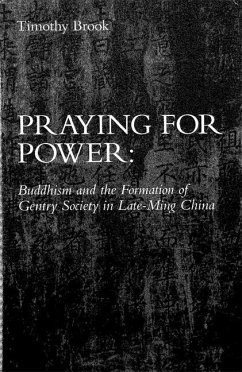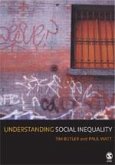In 17th and 18th century China, Buddhists and Confucians alike flooded local Buddhist monasteries with donations As gentry numbers grew faster than the imperial bureaucracy, traditional Confucian careers were closed to many; but visible philanthropy could publicize elite status outside the state realm. Actively sought by fund-raising abbots, such patronage affected institutional Buddhism. After exploring the relation of Buddhism to Ming Neo-Confucianism, the growth of tourism to Buddhist sites, and the mechanisms and motives for charitable donations, Timothy Brook studies three widely separated and economically dissimilar counties. He draws on rich data in monastic gazetteers to examine the patterns and social consequences of patronage.
Bitte wählen Sie Ihr Anliegen aus.
Rechnungen
Retourenschein anfordern
Bestellstatus
Storno








